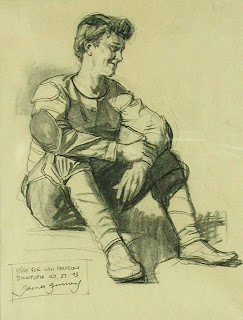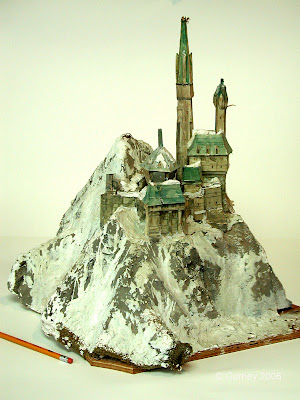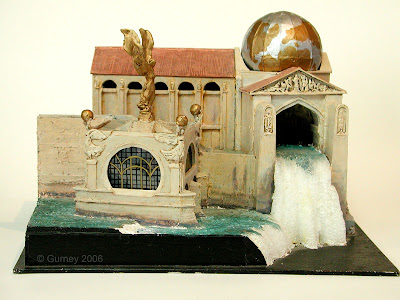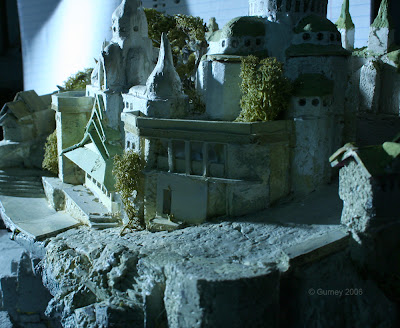A good how-to book is like a time machine that transports you right into the studios of the great artists of the past.
Here’s a list of my favorites. These are the ones I keep returning to for inspiration. They’re packed with insight and information from masters who knew their craft and were good at explaining it. We’re lucky that people like Norman Rockwell and Andrew Loomis took time out to write down not just their techniques, but the thinking behind their working practice.

Some of these books are available free online. Some are still in print in book form and are cheap and easy to get; others cost an arm and a leg, but they’re all worth seeking out.
The Practice and Science of Drawing by Harold Speed, 1917. Sensible overview of drawing and composition from a teacher who painted very well in the academic manner. Also
The Practice and Science of Painting by the same author. Both are in print from Dover in inexpensive editions.
The Enjoyment and Use of Color by Walter Sargent, 1923. Also from Dover, a solid presentation of color theory as it applies to the actual practice of painting.
Disney Animation: The Illusion of Life, by Frank Thomas and Ollie Johnson, 1981. This is the bible for animators, but there’s so much on composition, design, and characterization that every illustrator should have a copy, too. Written by two of Disney’s classic “nine old men” who have generously downloaded much of their vast knowledge, with hundreds of great examples dug out of the Disney archives.
Creative Illustration by Andrew Loomis, 1946. In one volume, the best instruction by a master of painterly illustration from the Chicago school. Loomis has absorbed lessons of design from Howard Pyle, as well as painting and drawing principles from Sargent and Zorn. In a cheery tone, he works through the laws of line, tone, edges, and storytelling in a way that makes solid sense for any painter or illustrator. Loomis’s books on figure drawing and head drawing are also excellent. There’s a
website and
another dedicated to saving this material.
The Famous Artists Course, by Rockwell, Al Dorne, Parker and others. Started around 1950, this set of four binders was originally a correspondence course, but the lessons still apply today. The instruction breaks down storytelling illustration into topics about figure drawing, design, and composition from the great American magazine illustrators. Not particularly strong on painting and color. Get the sets from the mid-50s; the quality of instruction suffers later. The book
Rockwell on Rockwell from Watson Guptill is based on Rockwell’s own lessons for the Famous Artists School, and gives you the core of his teaching. Also the book
Norman Rockwell, Illustrator by Arthur Guptill has an appendix that outlines his method.
The Academy and French Painting in the Nineteenth Century by Albert Boime, 1971. Not a how-to book so much as a scholarly reconstruction of the methods and thinking used in the French academies, including their unique terminology for painting. Several books have talked about the academies in a sort of vague art-historical way, but this one really lays out the actual practice that was used in the classrooms.
I'd love to hear about your encounters with any these books, or recommendations of your own favorite how-to books.



























































